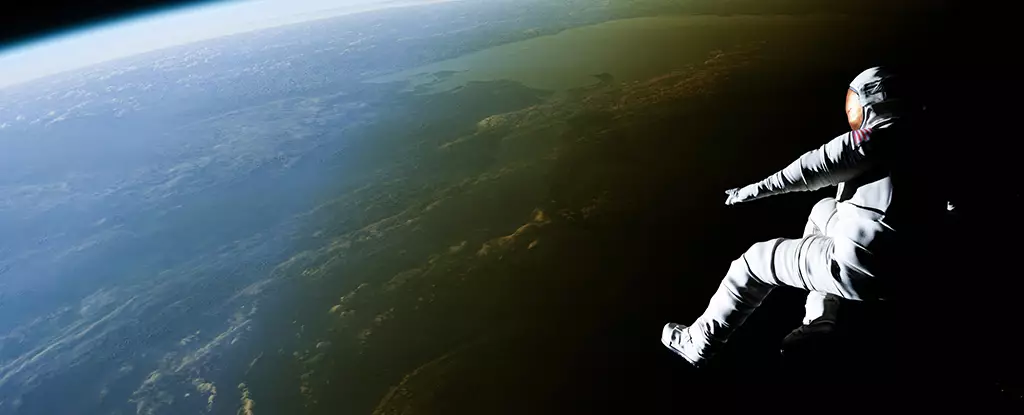As NASA’s Artemis program aims to return astronauts to the Moon and private companies venture further into space, a new field of study is emerging: astroforensics. This discipline faces unique challenges due to the harsh environment of space, including altered gravity, cosmic radiation, extreme temperatures, and the need for oxygen-providing climate systems. These variables pose significant obstacles for future forensic investigations in space, as they differ from those on Earth.
The Role of Gravity in Bloodstain Pattern Analysis
On Earth, gravity plays a critical role in bloodstain pattern analysis, shaping how airborne liquid blood interacts with surfaces to create stain patterns. In space, however, the reduced gravity presents novel challenges for understanding how evidence behaves. Unlike the haunting images of astronauts floating in space, true zero gravity exists only far away from any celestial bodies, with most environments in space having low or microgravity.
A recent study sought to understand how the altered gravity environment of space would affect forensic science disciplines, specifically bloodstain pattern analysis. In this experiment, blood drops were projected onto paper in a freefalling microgravity environment and analyzed using routine earthbound protocols. The experiment, conducted in a repurposed pediatric incubation chamber attached to a research plane, aimed to simulate the effects of altered gravity on blood behavior.
Findings and Implications
The study revealed that microgravity indeed changes the behavior of blood drops and the stains they create. Unlike on Earth, where blood falls in a parabolic manner due to gravity, in microgravity, it continues in a straight line until hitting the surface. This straight-line trajectory demonstrates the fluid example of inertia in action and highlights the influence of altered gravity on blood behavior.
Additionally, the experiment showed that the spreading action of blood upon striking a surface is inhibited in microgravity, resulting in smaller stain shapes due to the dominating forces of surface tension and cohesion. These findings provide valuable insights into how evidence behaves in space and its implications for forensic investigations beyond Earth’s atmosphere.
As we embark on this new research era in astroforensics, the impact extends beyond forensic sciences to more traditional natural sciences like fluid dynamics in spacecraft design and space forensic engineering following malfunctions. To expand research in this new discipline, larger microgravity environments will be needed to further explore the impact of the extraterrestrial environment on forensic evidence. This could potentially lead to the establishment of the galaxy’s first extraterrestrial forensic science laboratory, advancing our understanding of how evidence behaves in space environments.
Astroforensics presents a unique and challenging field of study, driven by the inevitable expansion of humanity’s footprint beyond Earth. By investigating the impact of space environment on forensic science, we can gain valuable insights into how evidence behaves in altered gravity conditions and apply this knowledge to both forensic and natural sciences beyond the confines of our planet.


Leave a Reply